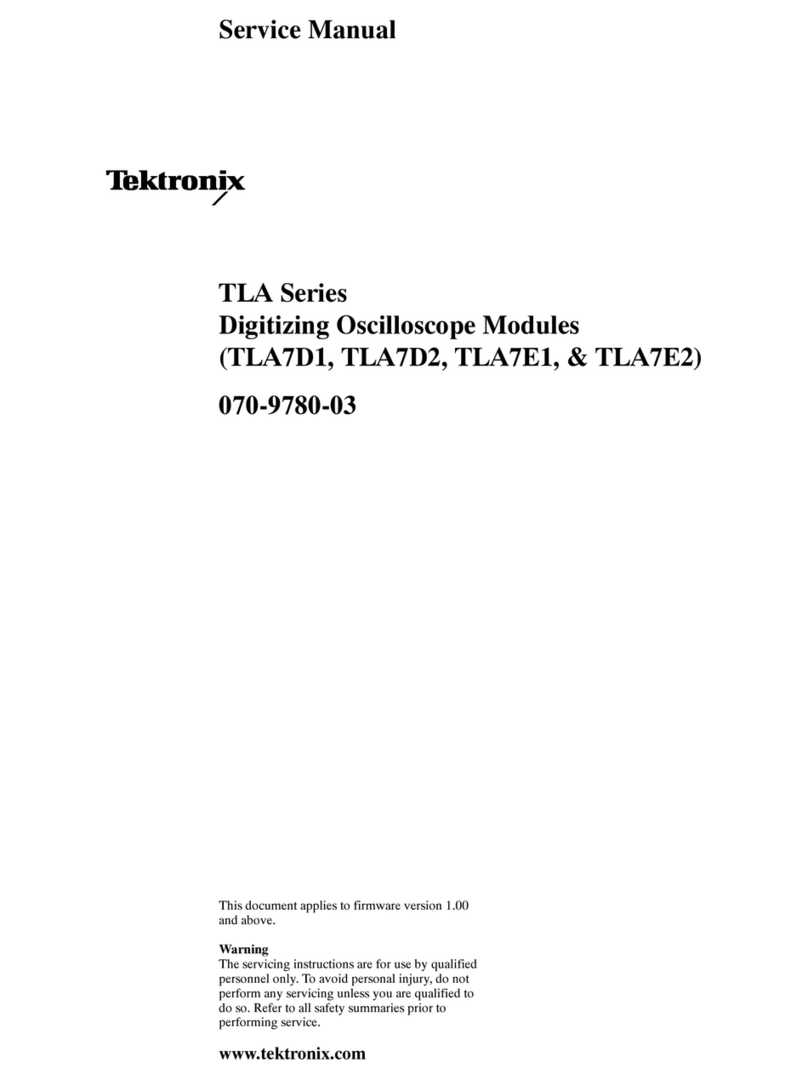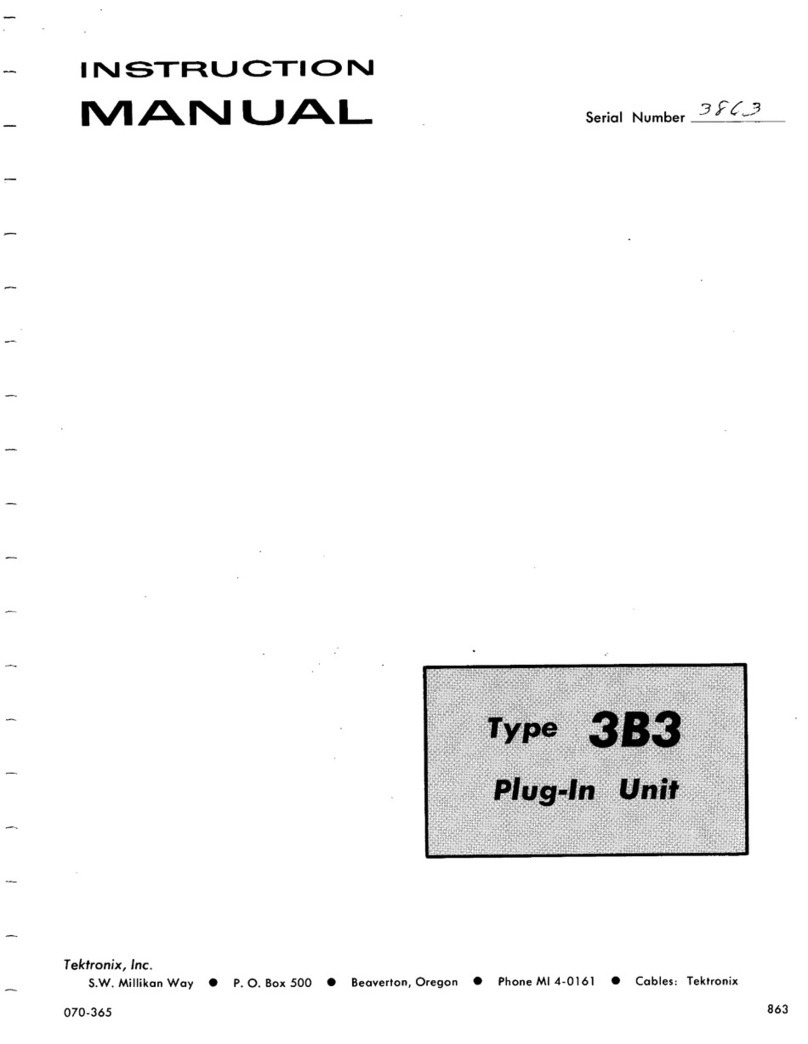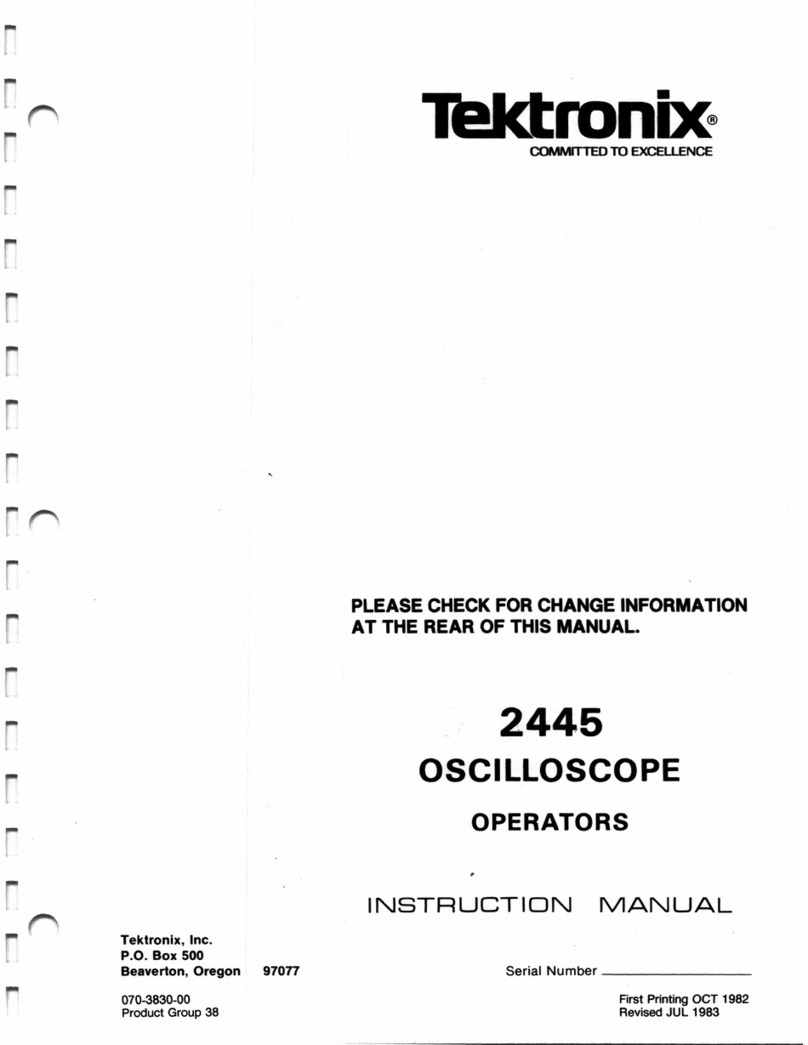Tektronix 532 User manual
Other Tektronix Test Equipment manuals

Tektronix
Tektronix 070-9472-02 User manual
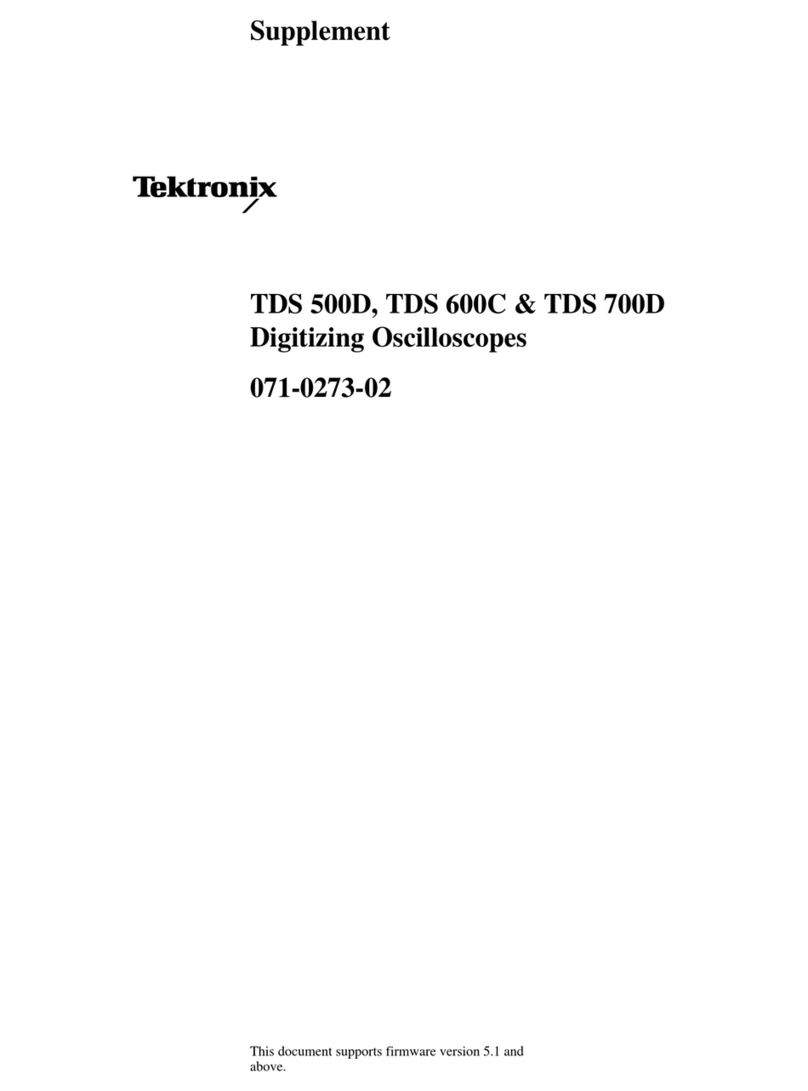
Tektronix
Tektronix TDS 500D series Owner's manual

Tektronix
Tektronix TDS3000 Series User manual

Tektronix
Tektronix 2402A User manual

Tektronix
Tektronix 7603 Operating instructions
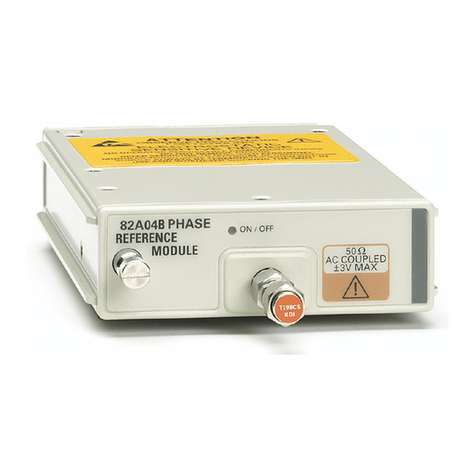
Tektronix
Tektronix 82A04B User manual
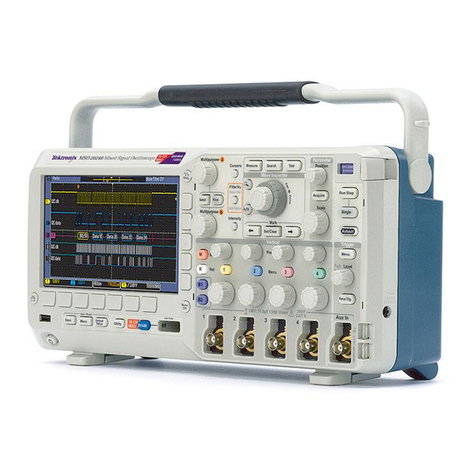
Tektronix
Tektronix MSO2000B Series Manual
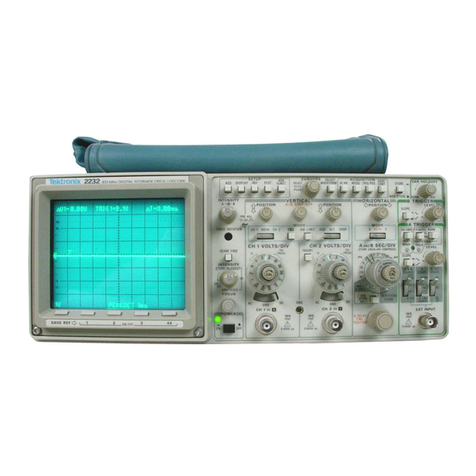
Tektronix
Tektronix 2232 User manual
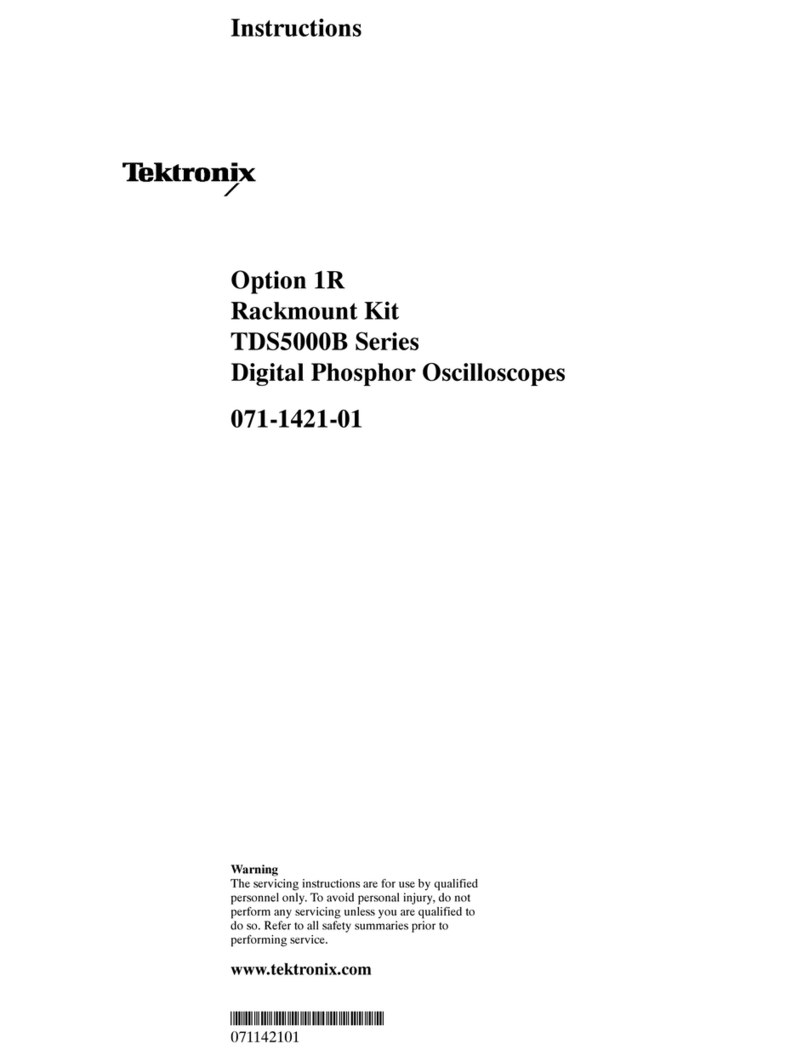
Tektronix
Tektronix TDS5000B Series User manual

Tektronix
Tektronix 2430A User manual

Tektronix
Tektronix MDO4000B Series Troubleshooting guide
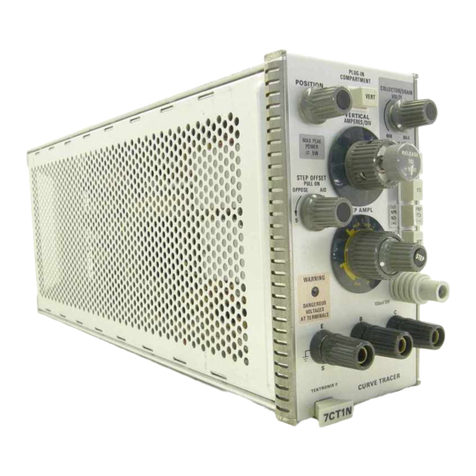
Tektronix
Tektronix 7CT1N User manual
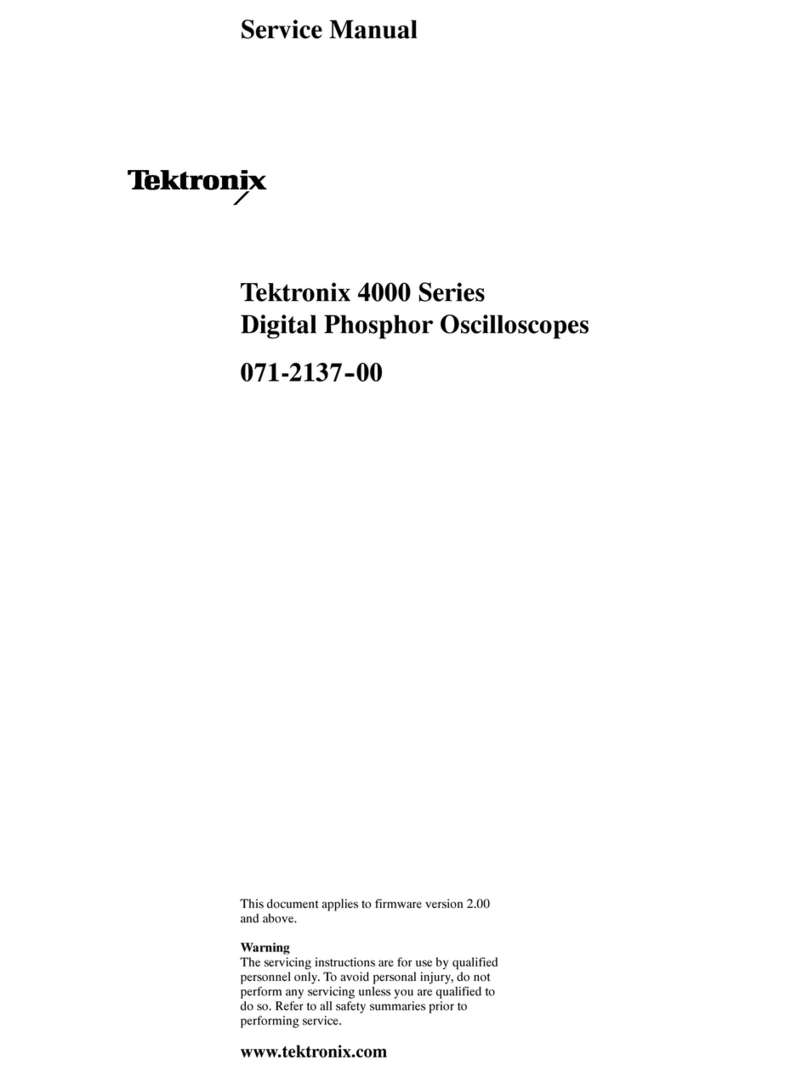
Tektronix
Tektronix 4000 Series User manual
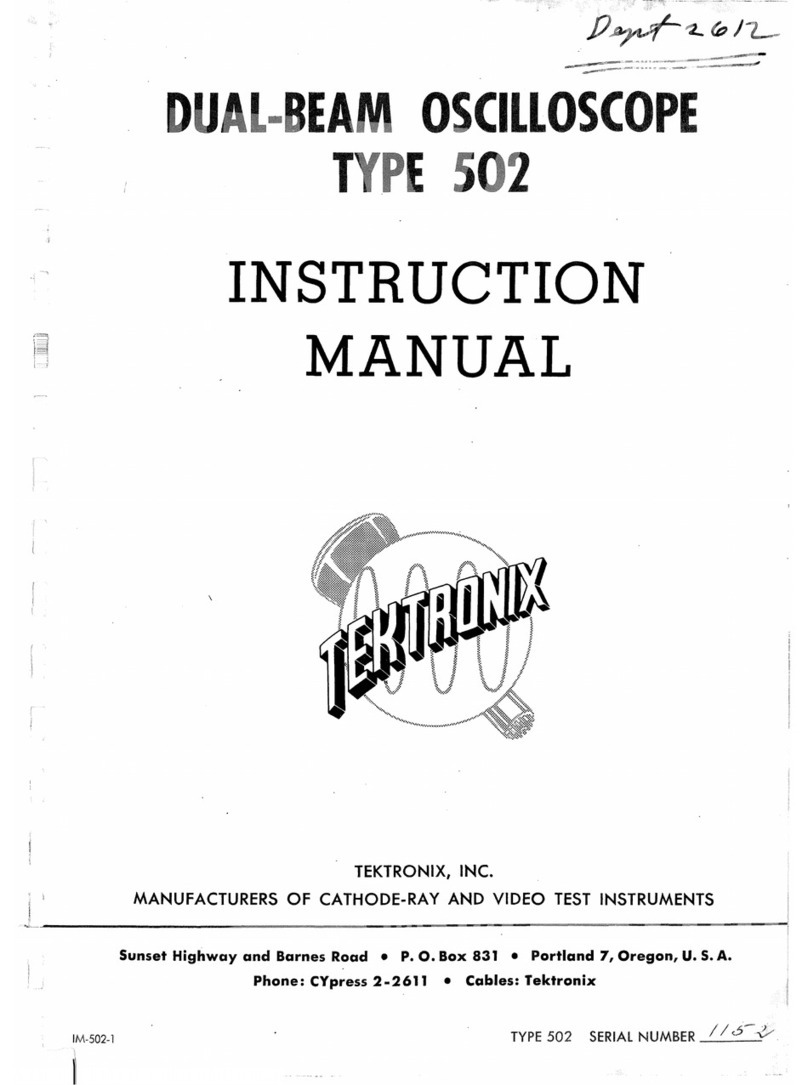
Tektronix
Tektronix 502 series User manual
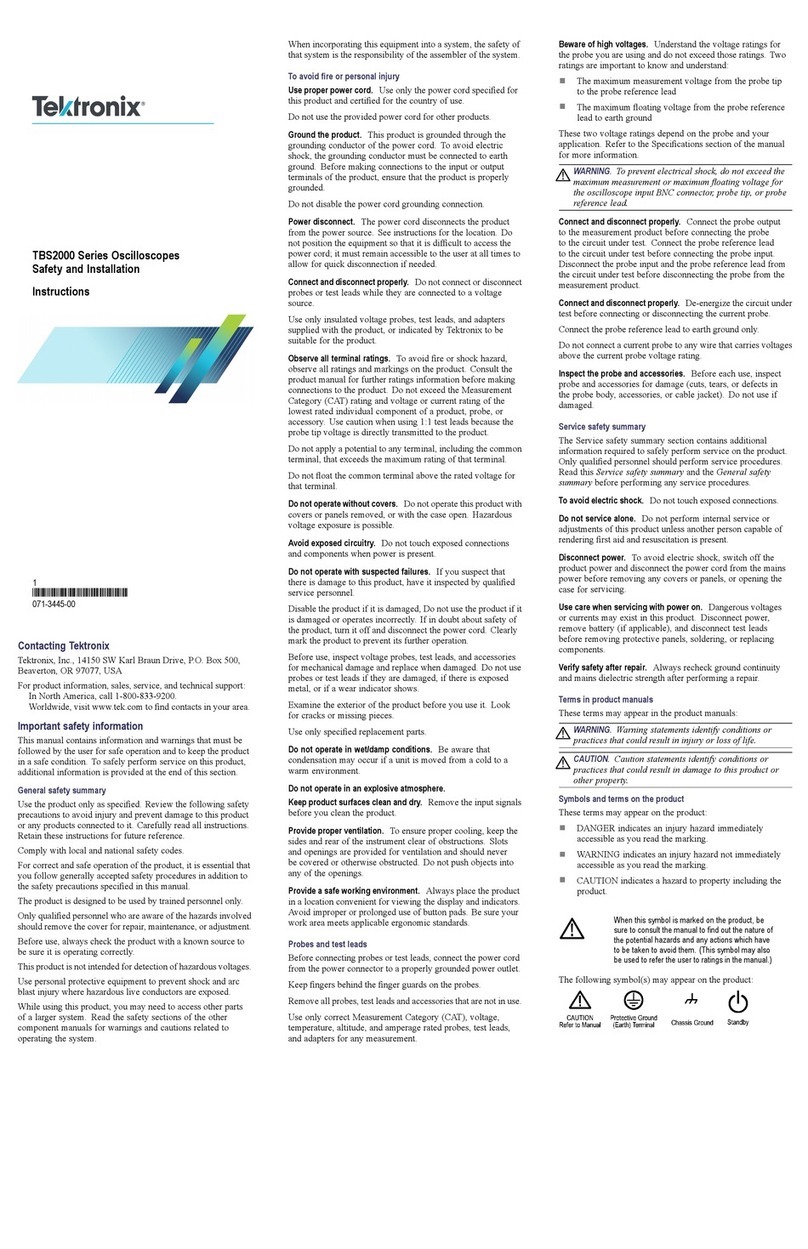
Tektronix
Tektronix TBS2000 Series Setup guide
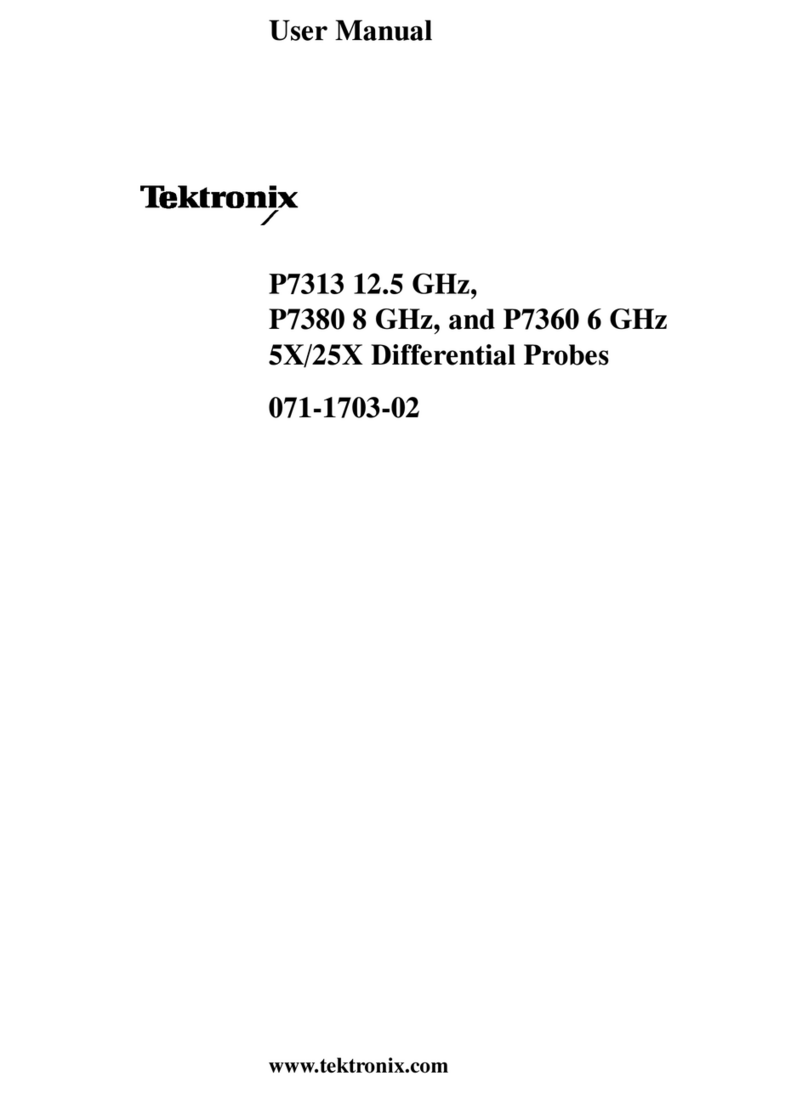
Tektronix
Tektronix P7380 User manual
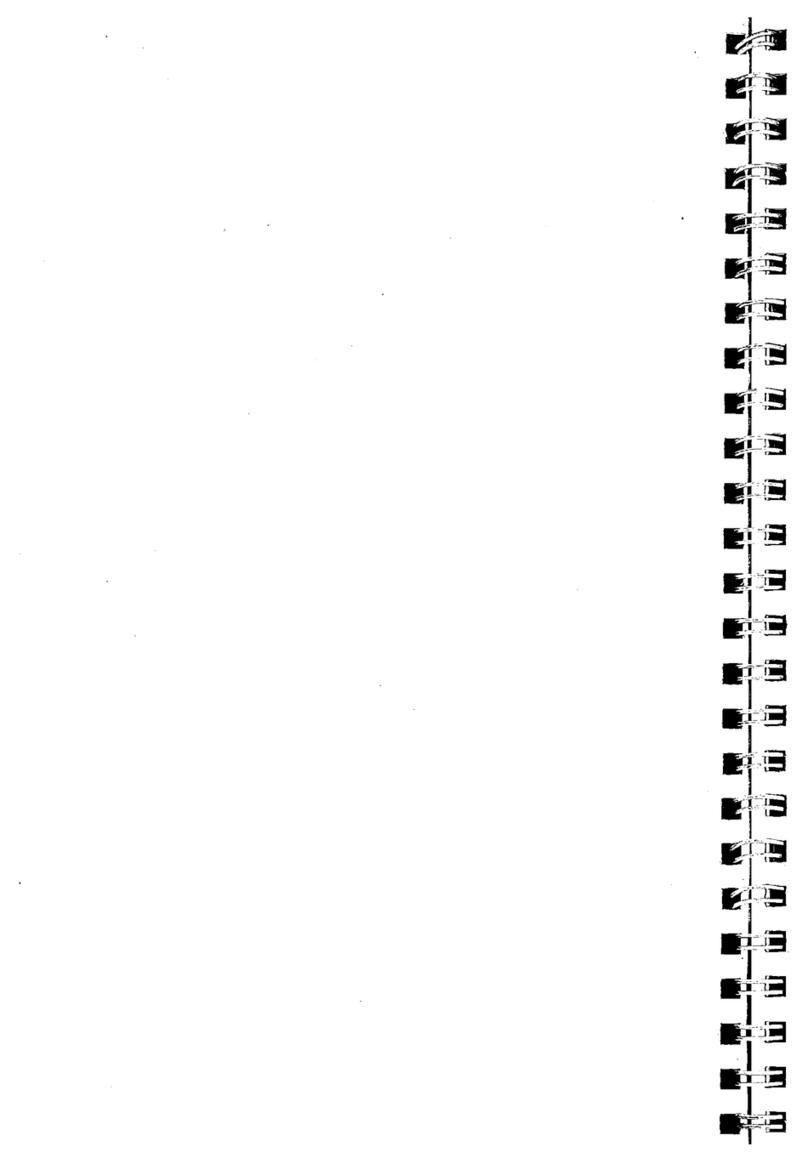
Tektronix
Tektronix 2205 User manual
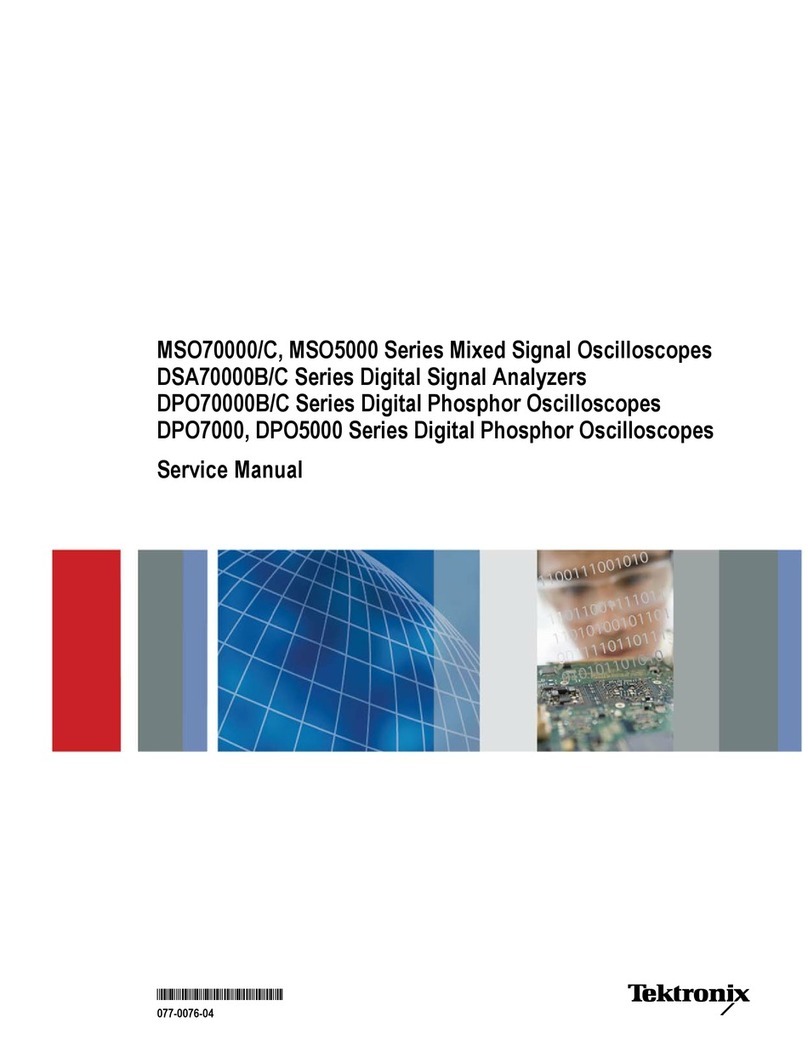
Tektronix
Tektronix MSO70000 Series User manual
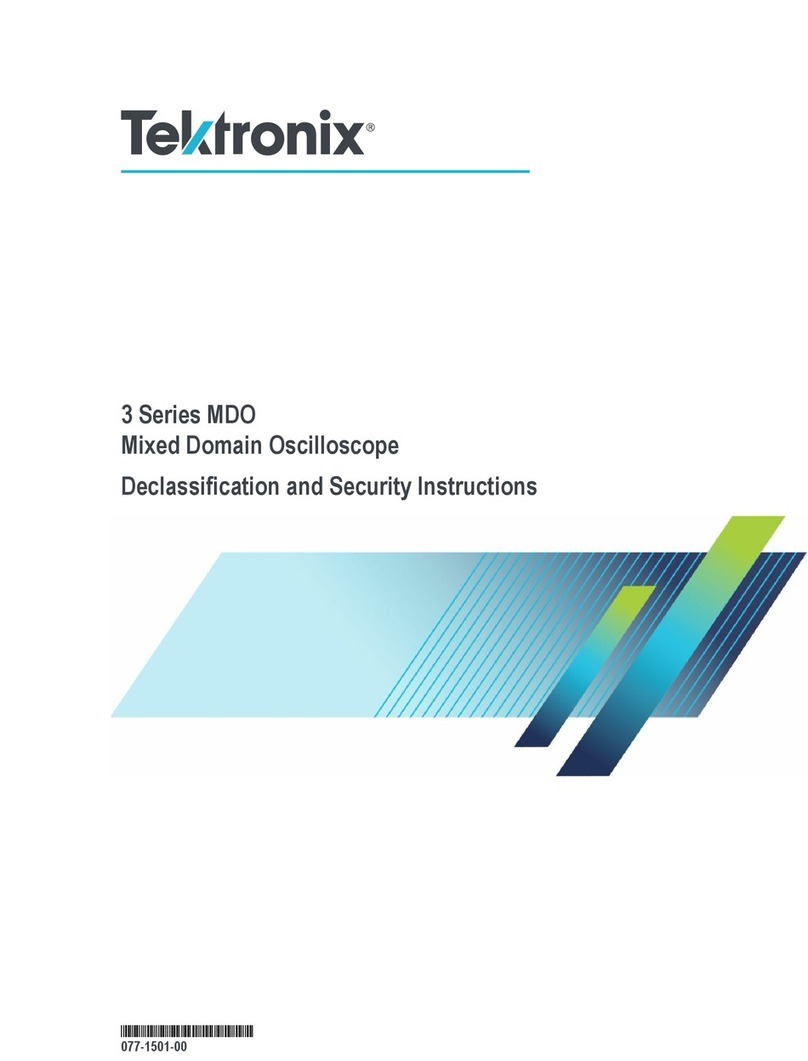
Tektronix
Tektronix MDO32 Installation and maintenance instructions
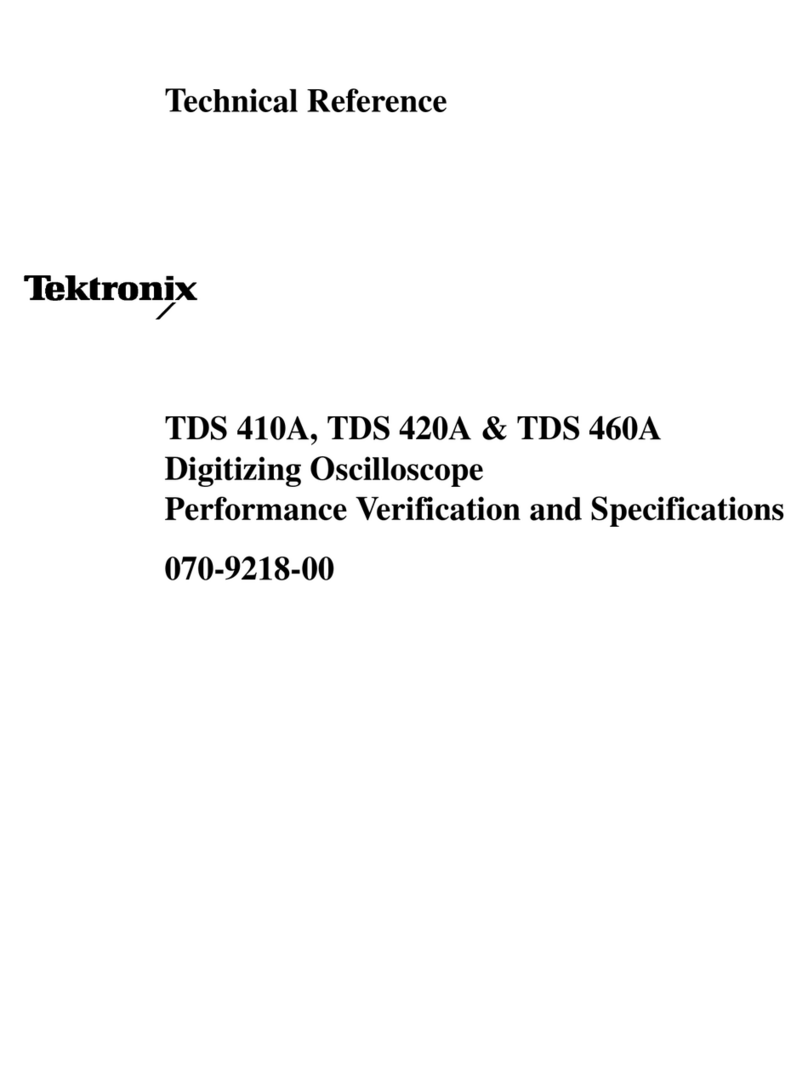
Tektronix
Tektronix TDS 410A Use and care manual
Popular Test Equipment manuals by other brands

Redtech
Redtech TRAILERteck T05 user manual

Venmar
Venmar AVS Constructo 1.0 HRV user guide

Test Instrument Solutions
Test Instrument Solutions SafetyPAT operating manual

Hanna Instruments
Hanna Instruments HI 38078 instruction manual

Kistler
Kistler 5495C Series instruction manual

Waygate Technologies
Waygate Technologies DM5E Basic quick start guide

StoneL
StoneL DeviceNet CK464002A manual

Seica
Seica RAPID 220 Site preparation guide

Kingfisher
Kingfisher KI7400 Series Training manual

Kurth Electronic
Kurth Electronic CCTS-03 operating manual

SMART
SMART KANAAD SBT XTREME 3G Series user manual

Agilent Technologies
Agilent Technologies BERT Serial Getting started

